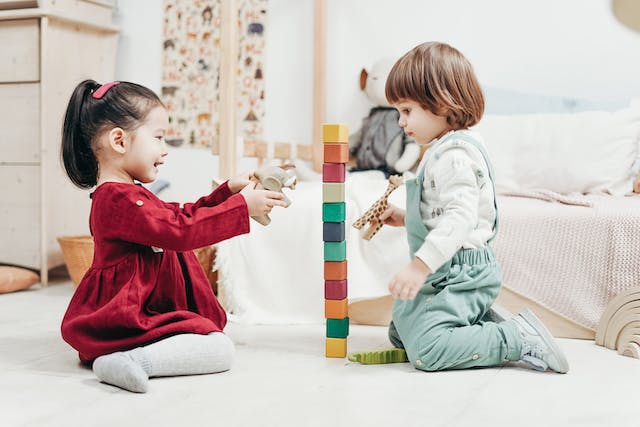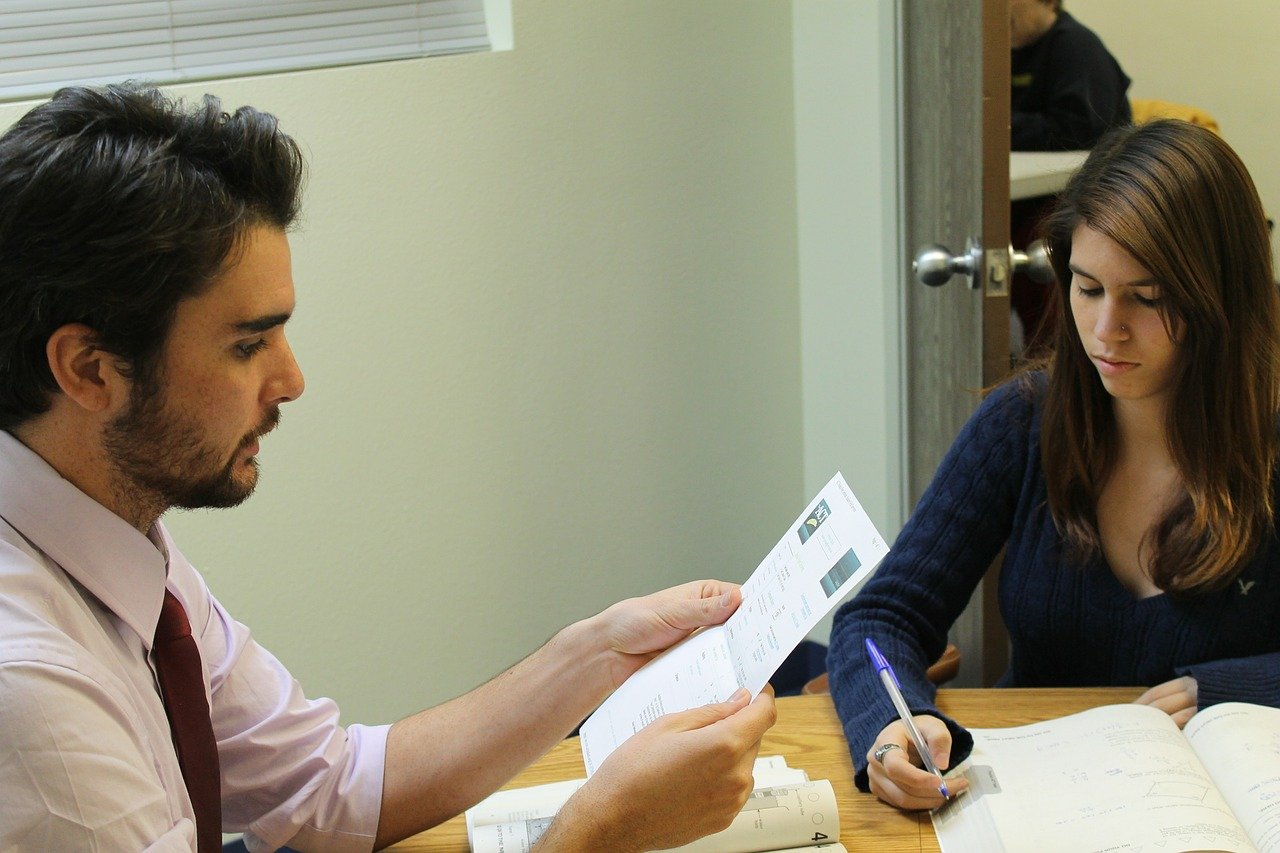The emphasis on diversity and inclusivity has taken centre stage in early childhood education. One notable avenue paving the way for a more inclusive learning environment is multilingual education in preschools. Beyond the charming babble of little voices, embracing multiple languages at this crucial stage carries profound benefits that extend far beyond the classroom. Let’s explore how multilingualism is transforming preschools in North Sydney.
1. Cultivating Cognitive Flexibility:
At the heart of multilingual education lies the gift of cognitive flexibility. Young minds exposed to more than one language are akin to little gymnasts, gracefully navigating the linguistic apparatus with nimbleness. Research suggests that this cognitive juggling act sharpens problem-solving skills and enhances creativity, giving our preschoolers a robust mental workout right from the start.
2. Fostering Cultural Appreciation:
Preschool is not just about ABCs and 123s; it’s a gateway to understanding the rich tapestry of cultures that make up our global community. Multilingual education introduces children to diverse linguistic nuances and cultural expressions. From traditional stories to songs and celebrations, preschoolers immersed in a multilingual environment develop an early appreciation for the beautiful mosaic of humanity.
3. Enhanced Linguistic Proficiency:
Picture a preschooler effortlessly switching between languages, constructing sentences with the finesse of a linguistic maestro. Multilingual education acts as an early linguistic scaffolding, bestowing children with an expanded vocabulary and a heightened ability to express themselves. These budding polyglots often display linguistic talent beyond their years, setting a solid foundation for future language acquisition.
4. Building Social Bridges:
Language becomes the ultimate connector in preschool, where sharing toys and making friends are daily triumphs. Multilingual education provides a unique bridge for children to connect with peers from various linguistic backgrounds. As they learn to communicate in different languages, preschoolers effortlessly dissolve language barriers, fostering a sense of camaraderie and unity in the colorful tapestry of their classroom.
5. Boosting Executive Function:
The executive function, the maestro orchestrating cognitive processes like attention, memory, and self-control, dramatically benefits from multilingual education. Exposure to multiple languages refines these mental skills, nurturing preschoolers’ ability to focus, plan, and regulate their behaviour. It’s akin to a harmonious symphony, where the brain conducts a masterpiece of cognitive prowess.
6. Early Literacy Advantages: A Head Start in Reading and Writing
Multilingual education plants seeds of literacy early on, giving preschoolers a head start in reading and writing. Studies show that bilingual and multilingual children often develop more vital phonological awareness and decoding skills, which are essential in the literacy journey. The gift of multilingualism becomes a literary compass guiding young readers through the enchanting realms of storytelling and exploration.
7. Global Preparedness: Nurturing Future Global Citizens
In an interconnected world where borders blur and diversity, multilingual education in early learningbecomes a compass pointing toward global preparedness. As our little learners grow, the ability to navigate linguistic and cultural diversity seamlessly equips them to become compassionate global citizens, ready to embrace the rich array of perspectives our world has to offer.
8. Improved Problem-Solving:
Preschoolers engaged in multilingual education are young problem solvers in the making. The mental agility developed through exposure to diverse languages equips them with a versatile toolkit for navigating life’s intricate puzzles. Whether faced with academic challenges or interpersonal conflicts, these little linguistic gymnasts possess a problem-solving finesse that sets them on a trajectory of success.
9. Parental Involvement and Cultural Bridges: A Family Affair
Multilingual education in preschools extends beyond the classroom, inviting parents to participate actively in their child’s language journey. Language becomes a cultural bridge between home and school, fostering a collaborative environment where parents and teachers work together to reinforce the richness of linguistic diversity. This involvement strengthens family bonds and instills a profound sense of cultural pride in our preschoolers.
10. Increased Metalinguistic Awareness:
Metalinguistic awareness, the ability to think about and reflect on language, blossoms in preschoolers immersed in multilingual education. These young language enthusiasts develop a heightened awareness of language structures, allowing them to analyze and appreciate the intricacies of communication. This metalinguistic mastery lays the groundwork for advanced language skills and a deep understanding of linguistic nuances.
11. Enhanced Focus and Attention Control: The Multilingual Mind’s Gym
The multilingual mind is like a gymnast honing its focus and attention on the linguistic apparatus. Preschoolers engaged in multilingual education demonstrate enhanced concentration and attention control. As they switch between languages, their brains work to strengthen their ability to focus, a skill that proves invaluable as they progress through their academic journey.
12. Celebrating Language as a Dynamic Tool:
Multilingual education introduces preschoolers to language as a dynamic and evolving tool. Beyond the static definitions in textbooks, children learn that language is a living entity, constantly adapting to context and culture. This learning fosters a lifelong love for learning and exploration, instilling in them the belief that language is not a fixed entity but a vibrant and ever-evolving aspect of human expression.
13. Neuroplasticity in Action:
Preschool is a critical period for brain development, and multilingual education sculpts adaptable minds. Exposure to different linguistic structures stimulates neuroplasticity, the brain’s ability to reorganize itself. This adaptability becomes a lifelong asset, allowing these preschoolers to navigate an ever-changing world with resilience and a penchant for embracing new challenges.
Conclusion:
In the symphony of early childhood education, the benefits of multilingualism resound with a melodic harmony. The advantages are as diverse as the languages, from cognitive acrobatics to cultural appreciation and enhanced linguistic proficiency. As we witness the transformative power of multilingual education in preschools in North Sydney, let’s celebrate the colourful linguistic journey our little ones embark upon, knowing that each word spoken is a brushstroke on the canvas of their brilliant minds.







